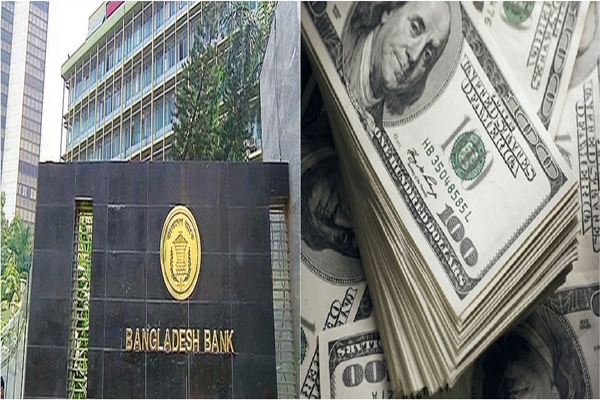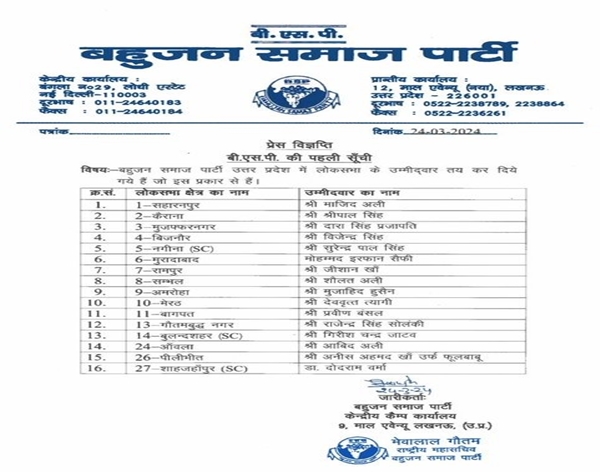Amidst a backdrop of fluctuating foreign exchange reserves, Bangladesh Bank has been employing varied methodologies to calculate the nation’s reserves, unveiling differing figures.
Traders and consumers alike have responded to these variations with increased apprehension, leading to price surges across various commodities.
As per the central bank’s latest figures, the total reserves stood at $23.77 billion as of May 14. The International Monetary Fund’s (IMF) method, however, records the reserves at a lower $18.32 billion, with actual usable reserves slightly less than $13 billion.
While the central bank does not officially publish net reserve data, Dr. Ahsan H. Mansur, a former senior economist at the IMF, reassures that the gross reserves are still over $18 billion, indicating that the reserve levels are not immediately at risk. However, he acknowledges ongoing concerns regarding confidence in the money market and the macroeconomic landscape, reports UNB.
Dr. Mansur highlighted the threat of uncontrolled money laundering as a significant destabilizing factor.
Dr. Zahid Hussain, former chief economist of the World Bank in Dhaka, also emphasized the risks posed by insufficient reserves in dealing with potential economic downturns or disasters, reports UNB.
This dollar shortfall and the resulting economic uncertainty underscore the critical balance required in managing foreign exchange and macroeconomic stability in Bangladesh, a nation heavily reliant on export earnings and remittances from its expatriate community.















